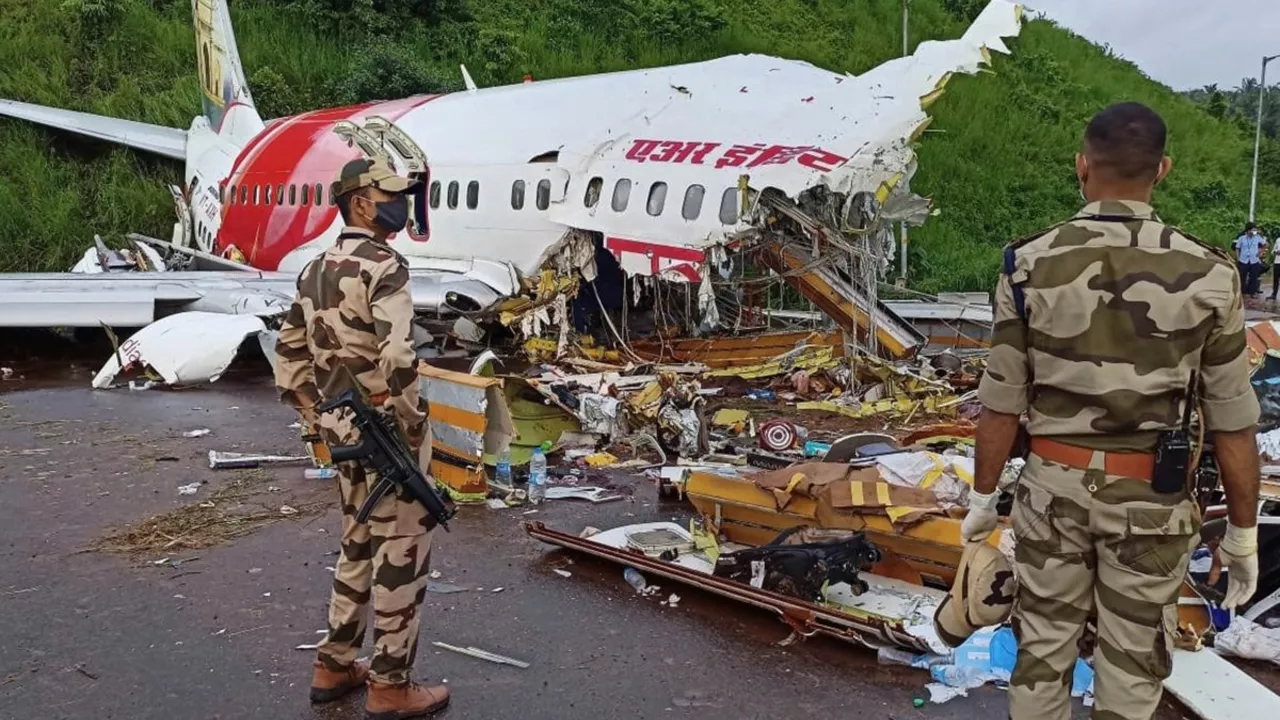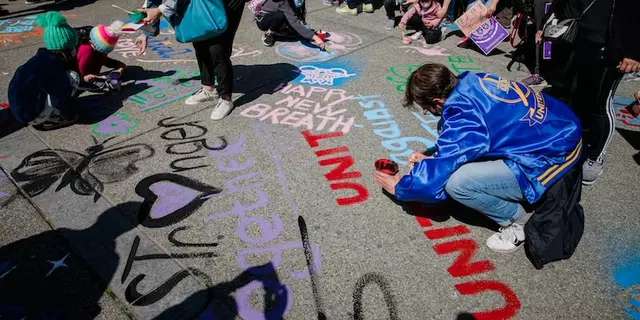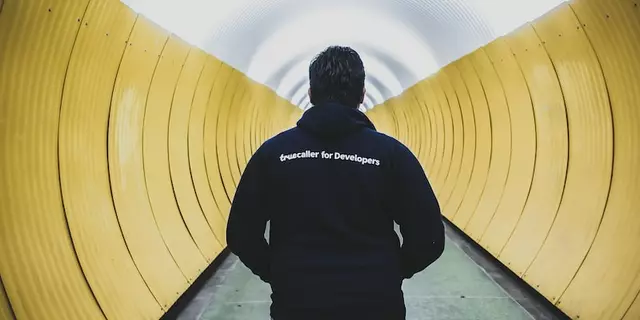Understanding the Causes Behind Today’s Biggest Topics
Ever wonder why certain problems keep popping up in the news and on forums? The answer usually lies in the underlying causes – the why behind the what. On this page we gather a mix of stories that dig into the root of social, legal, and everyday issues, helping you see the bigger picture.
Social and Lifestyle Causes
Living in India comes with its own set of quirks. One post points out the everyday struggles many face: chaotic traffic, unpredictable weather, and painfully slow internet. Those annoyances aren’t just random; they stem from rapid urban growth, outdated infrastructure, and a burst of new vehicles on the road. When you understand that the traffic jam is a symptom of expanding city limits, you can better appreciate why solutions focus on public transit upgrades and smarter zoning.
Another angle looks at quality of life. While it’s easy to say “India lacks quality of life,” the real cause is a mix of poverty pockets, healthcare gaps, and pollution hotspots. Recognizing each factor lets policymakers target the right levers – more clinics in underserved areas, stricter emissions rules, and education programs that lift families out of poverty.
Legal and Institutional Causes
Legal debates often hide behind complex causes. The question of whether South India should host a Supreme Court bench, for example, isn’t just about geography. It’s about accessibility for millions, regional representation, and even caseload balance. The cause here is a centralized judicial system that can overwhelm distant litigants, prompting calls for decentralization.
Similarly, the push to privatize Air India isn’t just a business move. The underlying cause is chronic inefficiency and a need for fresh capital. By shifting ownership, the government hopes to inject competition and improve service – a classic case of cause and effect in public‑sector reform.
Even passport issues have a cause‑and‑effect chain. Changing the place of birth on an Indian passport is tough because the process demands solid proof, like birth certificates, and multiple bureaucratic steps. Those hurdles exist to prevent fraud, but they also create a cause of frustration for genuine applicants.
All these posts share a common thread: they dig into why things are the way they are, not just what’s happening. By focusing on causes, you can move from complaining to solving. Want to join the conversation? Pick a post that resonates, read the details, and think about what change you could champion in your own circle.
Whether you’re curious about why hit‑and‑run drivers evade capture, why Indian snacks travel so well to the U.S., or why certain foods become cultural icons, the cause behind each story offers a roadmap for deeper insight. Keep exploring, and you’ll find that the more you know the cause, the easier it becomes to spot the right solution.

Why do most Air India flights crash?
Despite the alarming claim, it's important to clarify that most Air India flights do not crash. However, any aviation accidents involving Air India have often been attributed to a combination of factors including technical issues, human error, and adverse weather conditions. Safety regulations are stringent, but no system is entirely foolproof. It's crucial to remember that air travel remains one of the safest modes of transportation. The focus should be on continually improving safety protocols and training to minimize risks.




